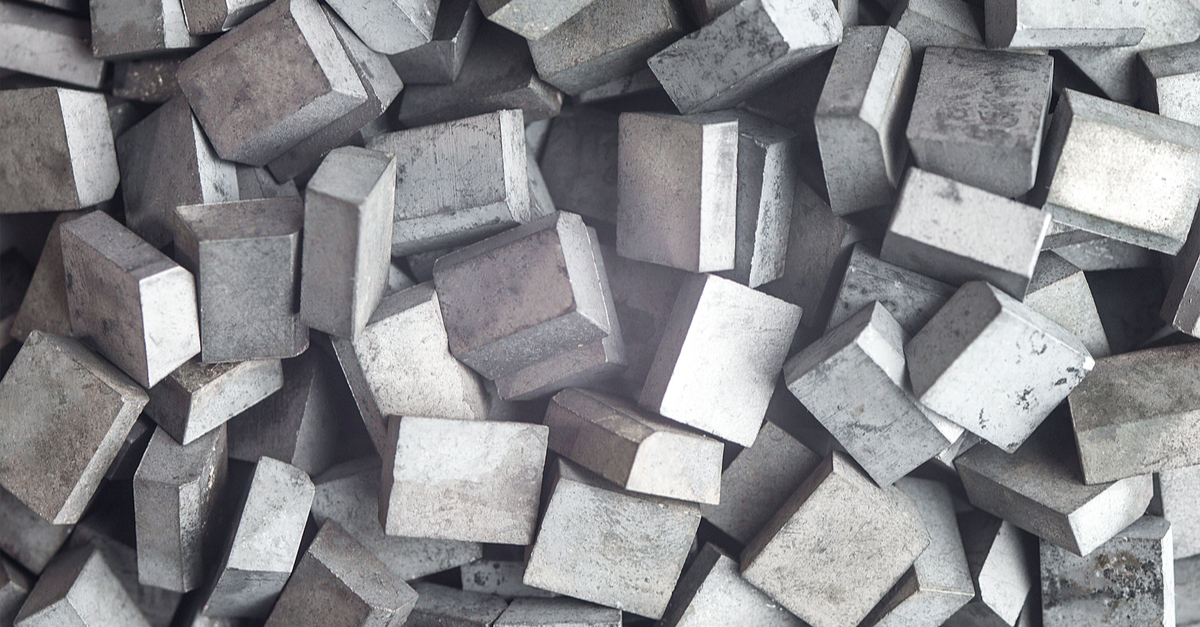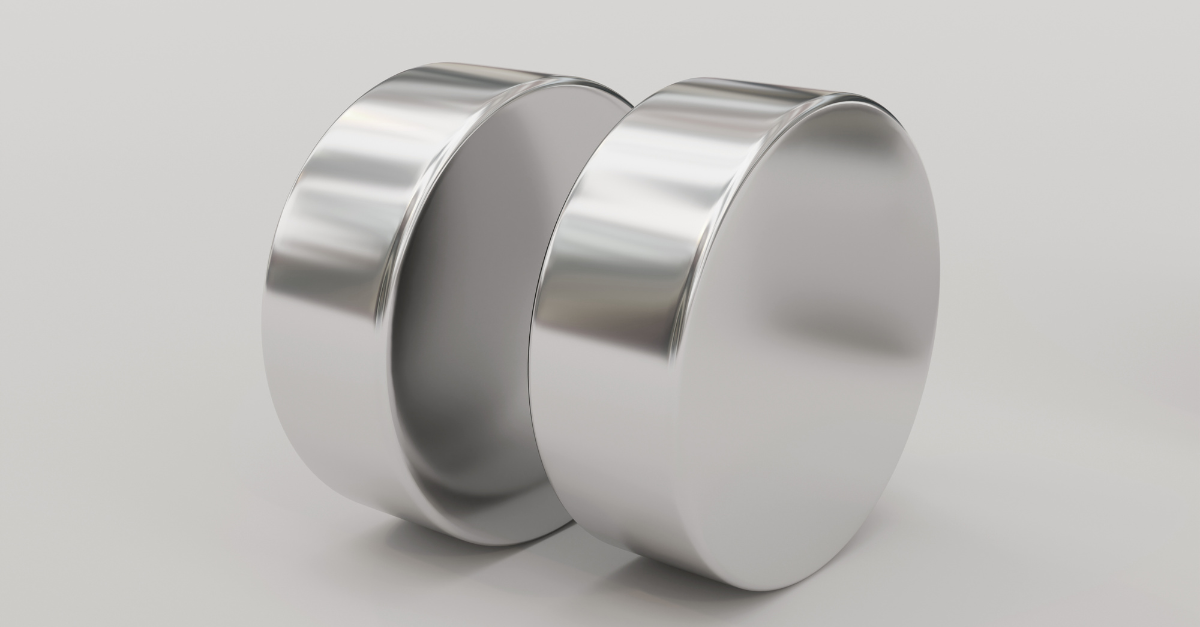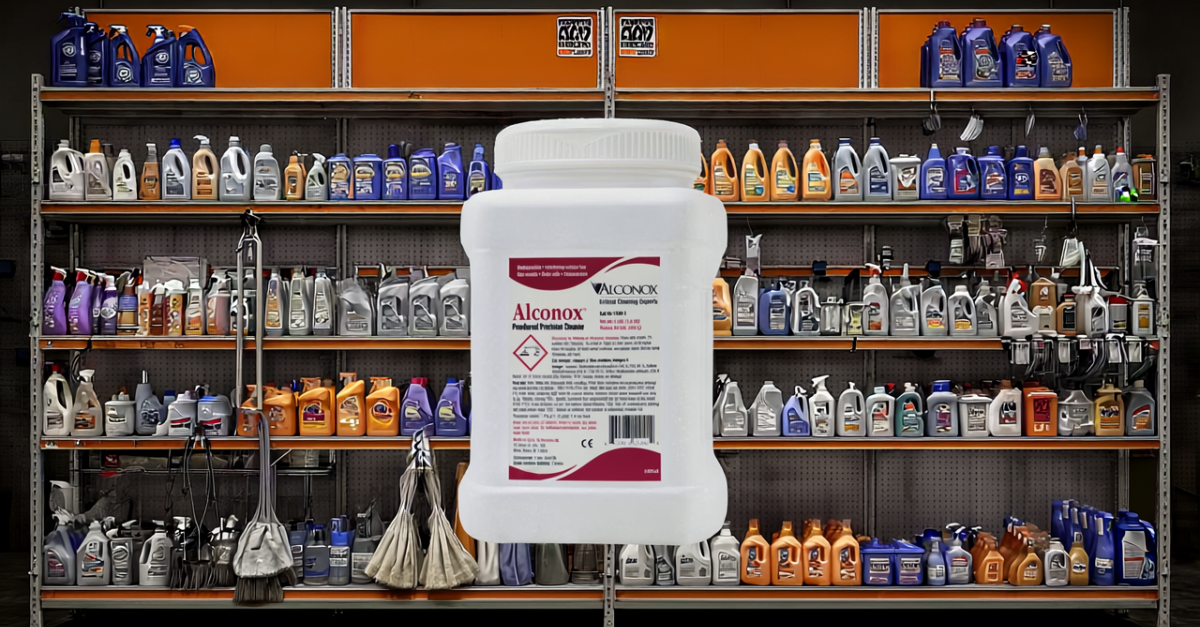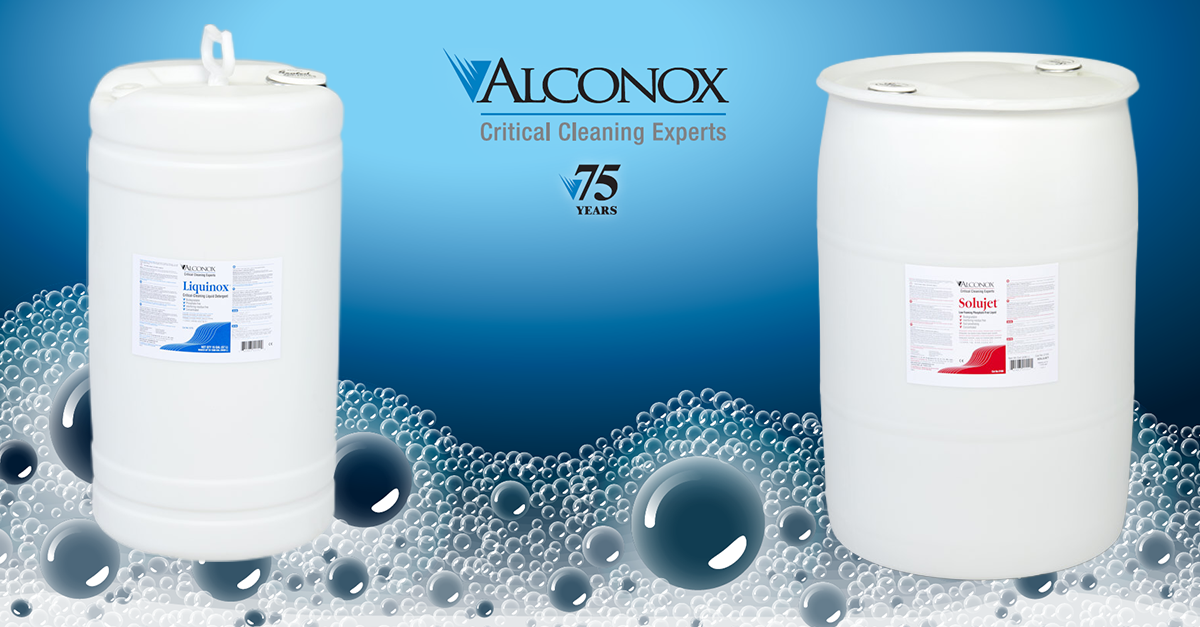
Q: I was wondering if you have a product that I can use in an ultrasonic cleaner to clean tungsten carbide that would not leach out cobalt? That also can be disposed of down a drain?
A: Tungsten carbide (WC) cleaning comes with some inherent issues, and the cleaning cycle that accompanies it will depend entirely on the feed stock (components to be cleaned) that the process comes from. This is where Alconox, LLC, as the critical cleaning experts, excel from our experience and vast pool of applications to draw upon.
The three biggest sources (feedstocks) of components where issues arise are:
- Oil-based cutting fluid, pre-coat
- Paste polish, pre-coat
- Aqueous-based cutting/grinding, pre-coat, either pre-grind or post-grind
In the final step for all above processes, Alconox, LLC would recommend using our Citranox® Liquid Acid Cleaner and Detergent cleaning solution at 2-5% by volume (2.5 – 6.25 oz/gal, or 20-50 mL/L) at around 150F/65C , followed by either reverse osmosis water, or distilled water rinse. Please note that, with WC, deionized water is not recommended for most applications as DI water is very ion-hungry, and can negatively affect WC surfaces. We recommend keeping the parts wet in its own cutting fluid to prevent problems between grinding and cleaning.
When cleaning non-aqueous pre-coat residues or polishing slurries, alkaline-based, phosphate-containing detergents are needed and these include (from mildly alkaline to high pH): Alconox® Powdered Precision Cleaner, Detonox® Ultimate Precision Cleaner, and Keylajet® Low-foaming High Alkaline Liquid (these are typically 5-10% concentrations). Which of our high emulsifying alkaline detergents will depend on the details of the residue and where in the process the cleaning step is targeted.
Note that whenever possible, our application scientists recommend using Keylajet detergent because of its strong alkaline nature, and the high level of chelation. It would be expected to provide the cleanest surface.
As mentioned, the above alkaline step would then be followed by the final Citranox solution at 2-5%.
Post-coat cleaning is typically a far easier cleaning process and we are always at the ready for discussing any carbide cleaning application that arises.
In regards to leaching, timing of the cleaning cycle is critical – both in the time between the manufacturing step and cleaning step, and in the cleaning cycle itself. Cleaning, rinsing, and drying cycles should be fast; a good cleaning cycle will be around 2-3 minutes per station of washing or rinsing. The speed of the washing, rinsing, blow-off and oven dry (typically > 220F/105C of filtered compressed air) will help prevent cobalt leaching.
Alconox, LLC detergents are completely free-rinsing, interfering residue free, biodegradable and designed for drain safety. Some municipalities require stricter standards where high alkaline and high acid detergents can be neutralized with weak acids and bases, respectively, as required. Baking soda can at times also be used. For further details on detergent disposal you can look through TechNotes or contact us directly.
To request these or any Alconox, LLC detergents for free, please complete the questionnaire at Get Sample. For more information about any one of our Alconox, LLC detergents, consult the technical bulletin for each product. Or click here to access each of our detergent’s Safety Data Sheets.
Do you have a critical cleaning question for the experts at Alconox, LLC? Search TechNotes to see if it’s been answered before or Ask Alconox.




My brother was thinking about getting a standard carbide insert for an upcoming project. He wants to make sure that he can properly care for it if he does get one. I will be sure to let him know that the timing of the cleaning is critical.